Metabolism
Speaking from a wide range of metabolism means the sum of the body to maintain all the chemical reactions necessary for life, and from a small scope for all aspects of metabolism: energy metabolism, gas metabolism, amino acid metabolism, and glucose metabolism, etc. Metabolism is the metabolic transformation of exogenous chemicals in vivo by enzymatic reaction and non-enzymatic reaction in the field of toxicology, also known as biotransformation. Biotransformation reactions can be divided into the phaseⅠ and phaseⅡ. Most of exogenous chemicals have to undergo the two phase reaction, but a few only by one of the two phases. The result of the phaseⅠreaction is that the water solubility is improved and it is easy to be discharged with urine. The phase Ⅱ reaction is further improve the water solubility, and has the potential to increase the molecular weight (such as the formation of the grape glycosides acid and/or combination with glutathione). When the molecular weight of the conjugate is greater than 325, it is easy to discharge into the intestinal tract with the bile. In addition to making it easy to exogenous chemicals to be excreted, changes in the chemical structure often result in loss of inactivation or decreased activity. Therefore, metabolic transformation is often seen as a detoxication. But sometimes it is the opposite result improved toxicity, which is known as a toxication or activation or bioactiva-tion. The vast majority of poison metabolism in the body not only to participate in a single reaction, but a plurality of reactions have been carried out. The activation of chemicals may be the result of a reaction, or a series of reactions, and also may be activated before detoxification. The reaction product of metabolic transformation is called metabolite. A chemical can have a variety of metabolites, some of which are reactive metabolite, they have different levels of activity. Most of the two-phase reaction involve enzymatic reactions. These enzymes are often generally referred to as metabolic enzymes, metabolic enzyme or drug metabolizing enzymes. Induction of enzyme, enzyme induction.
Energy metabolism refers to the process of energy production and consumption in the process of body material metabolism (metabolism). Material metabolism is the most basic feature of all life activities. Metabolism process can be divided into two aspects: one is the anabolism and also called assimilation, including the generation of repair and energy storage of body tissue; on the other hand is the catabolism and also called alienation effect, including tissue decomposition and energy consumption. The sum of the anabolism and catabolism is called material metabolism.
In general, when catabolism, macromolecules are broken down into small molecules, chemical energy stored in macromolecules is released in the process; whereas anabolism, small molecules into large molecules, this process requires energy, it must be obtained from catabolism. The energy released by catabolism, in addition to the anabolism, the rest is converted into heat energy and mechanical energy, and radiant energy and power. So metabolism must be accompanied by transfer of energy, this energy conversion process of biological is called energy metabolism.
- Structure:
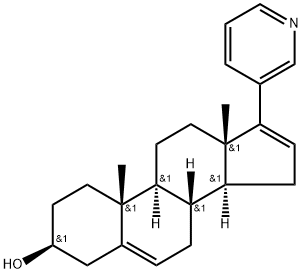
- Chemical Name:Abiraterone
- CAS:154229-19-3
- MF:C24H31NO
- Structure:
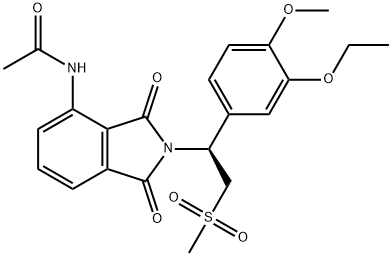
- Chemical Name:Apremilast
- CAS:608141-41-9
- MF:C22H24N2O7S
- Structure:
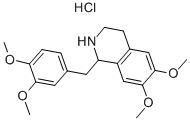
- Chemical Name:Tetrahydropapaverine hydrochloride
- CAS:6429-04-5
- MF:C20H25NO4.HCl
- Structure:
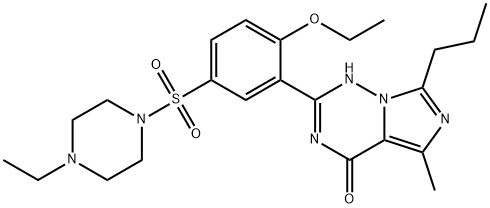
- Chemical Name:Vardenafil
- CAS:224785-90-4
- MF:C23H32N6O4S
- Structure:
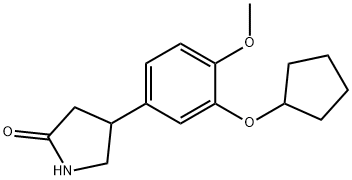
- Chemical Name:ROLIPRAM
- CAS:61413-54-5
- MF:C16H21NO3
- Structure:
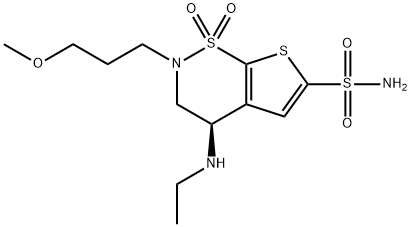
- Chemical Name:Brinzolamide
- CAS:138890-62-7
- MF:C12H21N3O5S3
- Structure:

- Chemical Name:URB597
- CAS:546141-08-6
- MF:C20H22N2O3
- Structure:

- Chemical Name:Ozagrel hydrochloride
- CAS:78712-43-3
- MF:C13H13ClN2O2
- Structure:
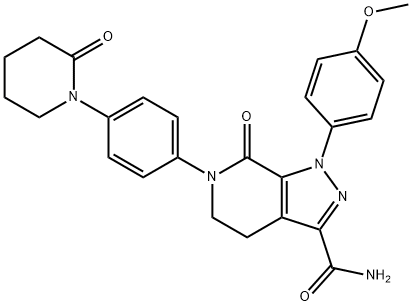
- Chemical Name:Apixaban
- CAS:503612-47-3
- MF:C25H25N5O4
- Structure:
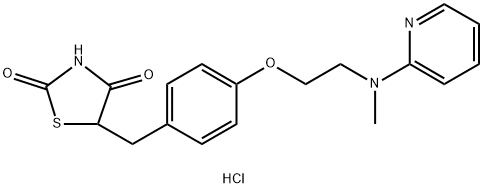
- Chemical Name:Rosiglitazone hydrochloride
- CAS:302543-62-0
- MF:C18H20ClN3O3S
- Structure:
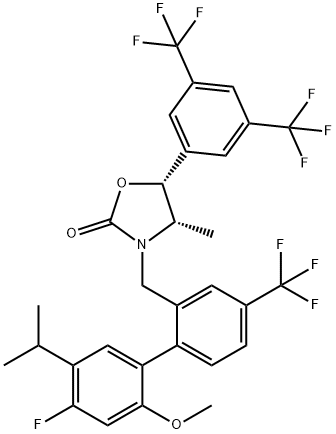
- Chemical Name:Anacetrapib
- CAS:875446-37-0
- MF:C30H25F10NO3
- Structure:
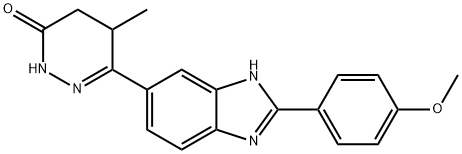
- Chemical Name:Pimobendan
- CAS:74150-27-9
- MF:C19H18N4O2
- Structure:
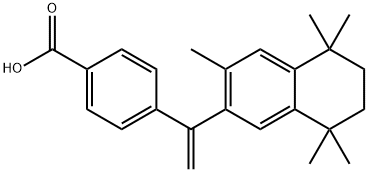
- Chemical Name:Bexarotene
- CAS:153559-49-0
- MF:C24H28O2
- Structure:
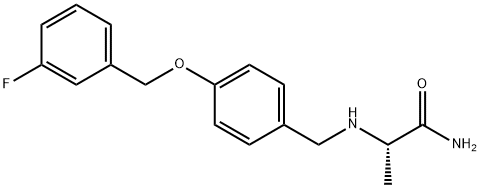
- Chemical Name:Safinamide
- CAS:133865-89-1
- MF:C17H19FN2O2
- Structure:
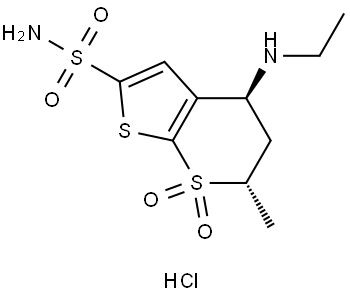
- Chemical Name:Dorzolamide Hydrochloride
- CAS:130693-82-2
- MF:C10H16N2O4S3.ClH
- Structure:
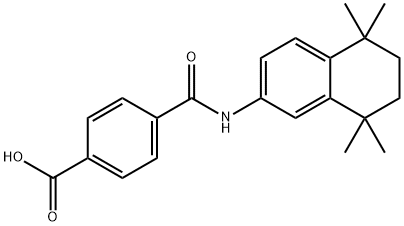
- Chemical Name:Tamibarotene
- CAS:94497-51-5
- MF:C22H25NO3
- Structure:
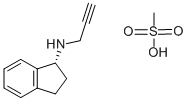
- Chemical Name:Rasagiline mesylate
- CAS:161735-79-1
- MF:C13H17NO3S
- Structure:

- Chemical Name:Anagrelide hydrochloride
- CAS:58579-51-4
- MF:C10H8Cl3N3O
- Structure:

- Chemical Name:PF 3845
- CAS:1196109-52-0
- MF:C24H23F3N4O2
- Structure:
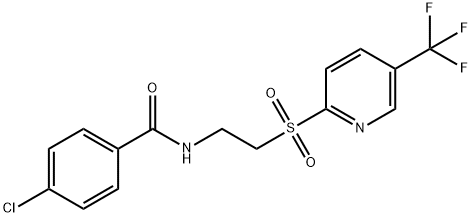
- Chemical Name:4-Chloro-N-[2-[[5-(trifluoromethyl)-2-pyridinyl]sulfonyl]ethyl]benzamide
- CAS:188591-46-0
- MF:C15H12ClF3N2O3S
- Structure:
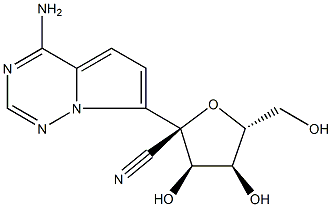
- Chemical Name:GS-441524
- CAS:1191237-69-0
- MF:C12H13N5O4
- Structure:
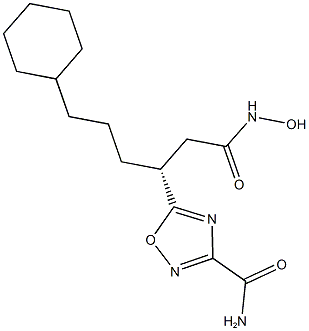
- Chemical Name:3-(Aminocarbonyl)-β-(3-cyclohexylpropyl)-N-hydroxy-1,2,4-oxadiazole-5-propanamide
- CAS:348622-88-8
- MF:C15H24N4O4
- Structure:
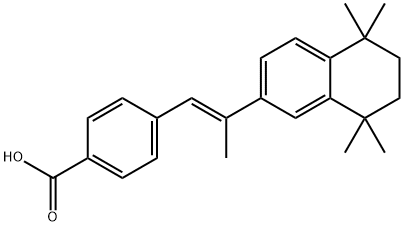
- Chemical Name:TTNPB (Arotinoid Acid)
- CAS:71441-28-6
- MF:C24H28O2
- Structure:
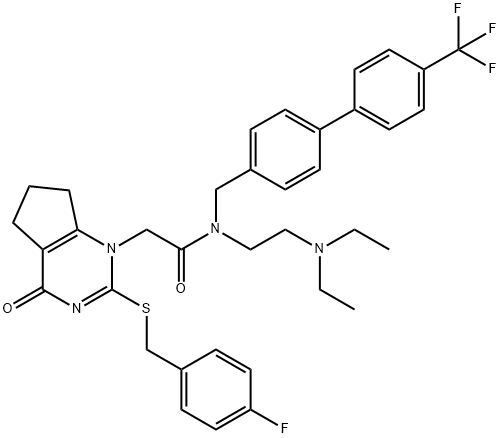
- Chemical Name:DARAPLADIB
- CAS:356057-34-6
- MF:C36H38F4N4O2S
- Structure:

- Chemical Name:MK8245
- CAS:1030612-90-8
- MF:C17H16BrFN6O4
- Structure:
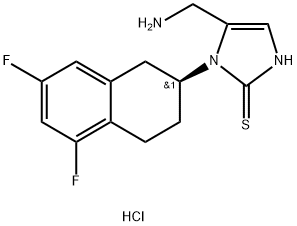
- Chemical Name:Nepicastat hydrochloride
- CAS:170151-24-3
- MF:C14H16ClF2N3S
- Structure:
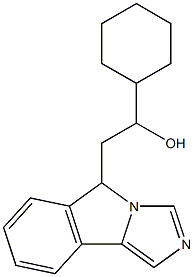
- Chemical Name:NLG919
- CAS:1402836-58-1
- MF:C18H22N2O
- Structure:
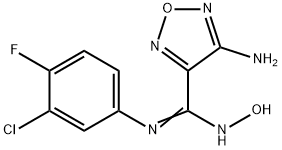
- Chemical Name:indoleaMine-2,3-dioxygenase inhibitor INCB024360
- CAS:914471-09-3
- MF:C9H7ClFN5O2
- Structure:
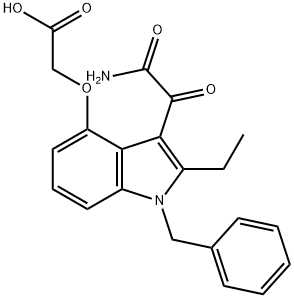
- Chemical Name:VARESPLADIB
- CAS:172732-68-2
- MF:C21H20N2O5
- Structure:
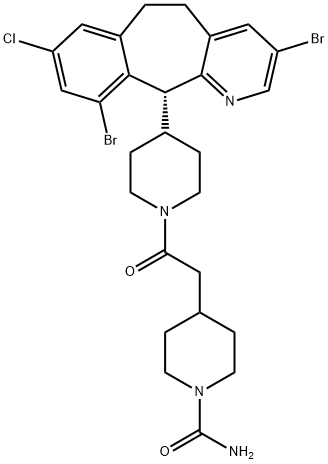
- Chemical Name:LONAFARNIB
- CAS:193275-84-2
- MF:C27H31Br2ClN4O2
- Structure:
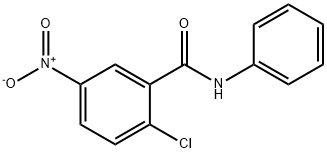
- Chemical Name:GW9662
- CAS:22978-25-2
- MF:C13H9ClN2O3
- Structure:
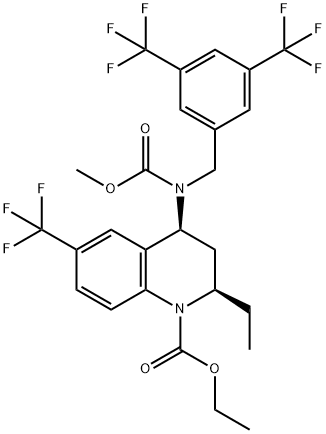
- Chemical Name:Torcetrapib
- CAS:262352-17-0
- MF:C26H25F9N2O4
- Structure:
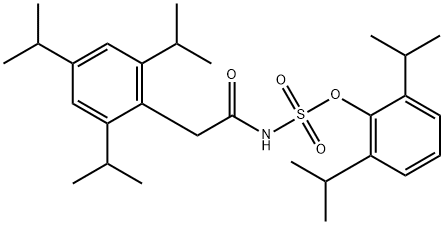
- Chemical Name:Avasimibe
- CAS:166518-60-1
- MF:C29H43NO4S
- Structure:
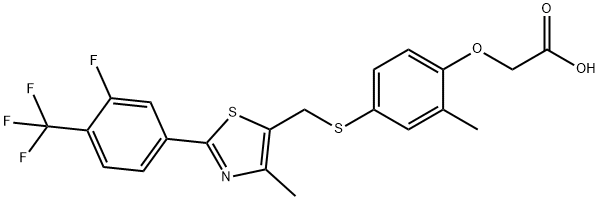
- Chemical Name:GW0742
- CAS:317318-84-6
- MF:C21H17F4NO3S2
- Structure:
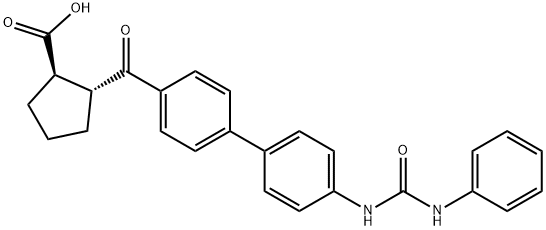
- Chemical Name:DGAT-1 inhibitor
- CAS:959122-11-3
- MF:C26H24N2O4
- Structure:
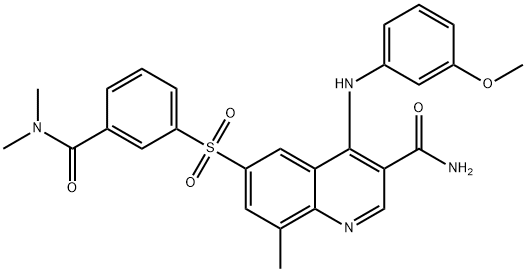
- Chemical Name:6-[[3-[(Dimethylamino)carbonyl]phenyl]sulfonyl]-4-[(3-methoxyphenyl)amino]-8-methyl-3-quinolinecarboxamide
- CAS:801312-28-7
- MF:C27H26N4O5S
- Structure:
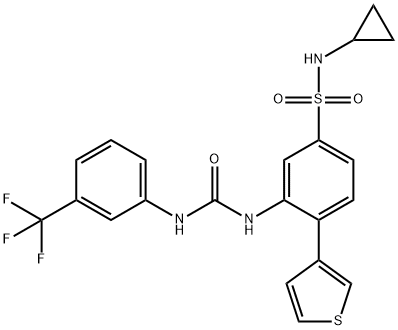
- Chemical Name:AGI6780
- CAS:1432660-47-3
- MF:C21H18F3N3O3S2
- Chemical Name:APREMILAST (PDE inhibitor)
- CAS:
- MF:
- Structure:
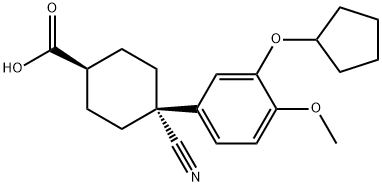
- Chemical Name:Cilomilast
- CAS:153259-65-5
- MF:C20H25NO4
- Structure:
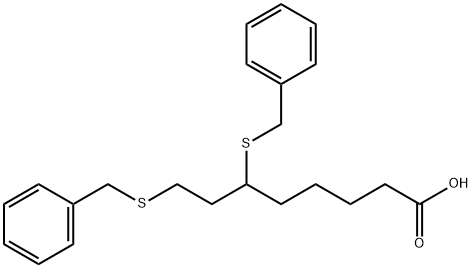
- Chemical Name:Octanoic acid, 6,8-bis[(phenylMethyl)thio]-
- CAS:95809-78-2
- MF:C22H28O2S2
- Structure:
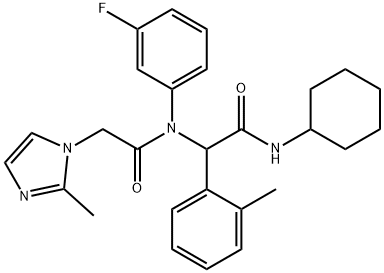
- Chemical Name:N-cyclohexyl-2-(N-(3-fluorophenyl)-2-(2-Methyl-1H-iMidazol-1-yl)acetaMido)-2-(o-tolyl)acetaMide
- CAS:1355326-35-0
- MF:C27H31FN4O2
- Structure:
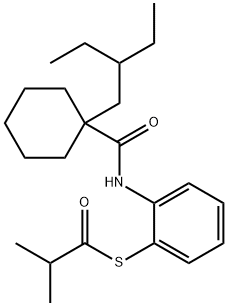
- Chemical Name:JTT-705
- CAS:211513-37-0
- MF:C23H35NO2S
- Structure:
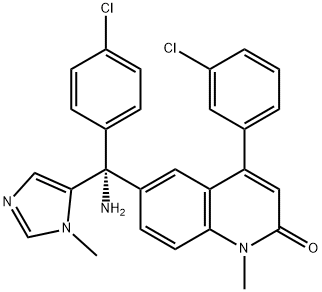
- Chemical Name:Tipifarnib
- CAS:192185-72-1
- MF:C27H22Cl2N4O
- Structure:
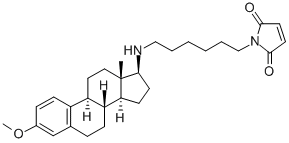
- Chemical Name:U-73122
- CAS:112648-68-7
- MF:C29H40N2O3
- Structure:

- Chemical Name:(E)-N-[4-(1-BENZOYL-PIPERIDIN-4-YL)-BUTYL]-3-PYRIDIN-3-YL-ACRYLAMIDE
- CAS:658084-64-1
- MF:C24H29N3O2
- Structure:
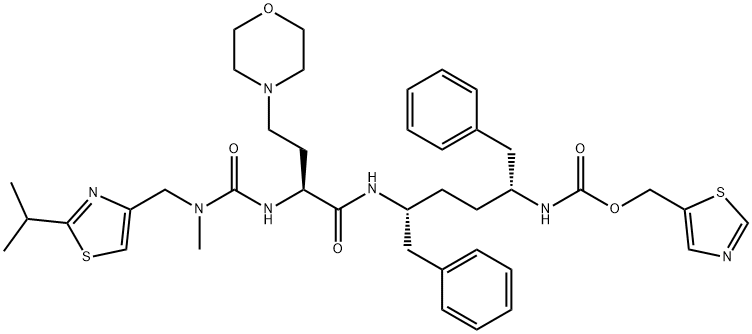
- Chemical Name:Cobicistat
- CAS:1004316-88-4
- MF:C40H53N7O5S2
- Structure:
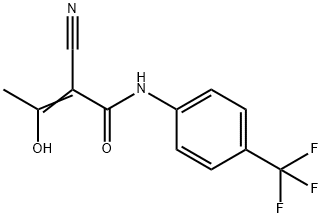
- Chemical Name:2-Cyano-3-hydroxy-N-(4'-trifluoromethylphenyl)-crotone amide
- CAS:108605-62-5
- MF:C12H9F3N2O2
- Structure:
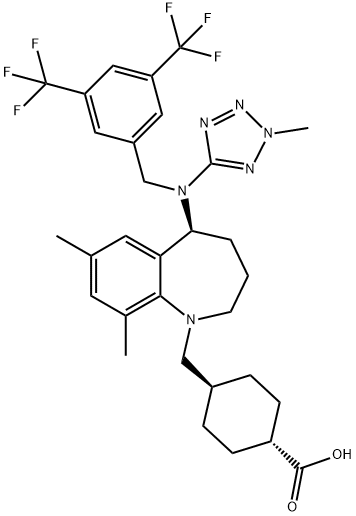
- Chemical Name:LY-2484595
- CAS:1186486-62-3
- MF:C31H36F6N6O2
- Structure:
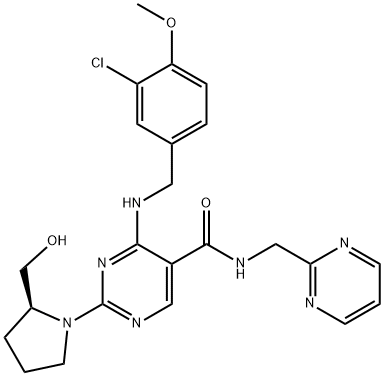
- Chemical Name:Avanafil
- CAS:330784-47-9
- MF:C23H26ClN7O3
- Structure:

- Chemical Name:Pioglitazone
- CAS:111025-46-8
- MF:C19H20N2O3S
- Structure:
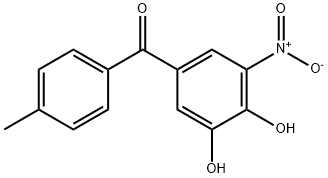
- Chemical Name:Tolcapone
- CAS:134308-13-7
- MF:C14H11NO5
- Structure:
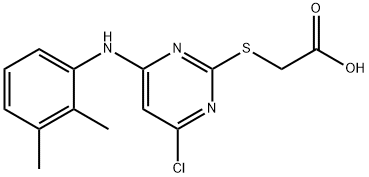
- Chemical Name:WY-14643
- CAS:50892-23-4
- MF:C14H14ClN3O2S
- Structure:
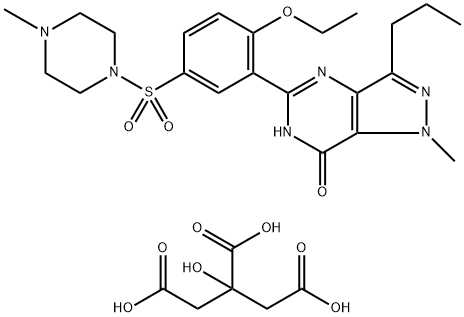
- Chemical Name:Sildenafil citrate
- CAS:171599-83-0
- MF:C28H38N6O11S
- Structure:

- Chemical Name:ISOVALERAMIDE
- CAS:541-46-8
- MF:C5H11NO
- Structure:
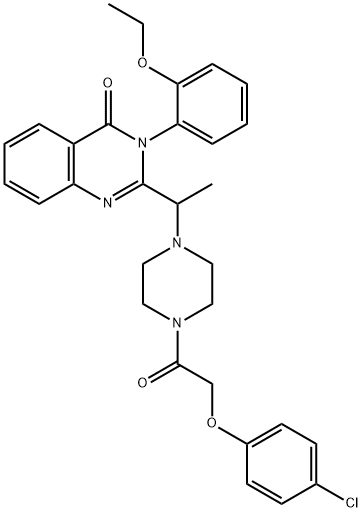
- Chemical Name:Erastin
- CAS:571203-78-6
- MF:C30H31ClN4O4
- Structure:
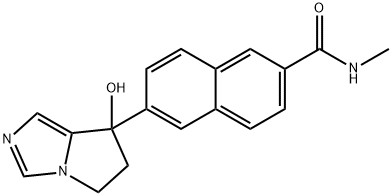
- Chemical Name:TAK-700
- CAS:426219-18-3
- MF:C18H17N3O2
- Structure:
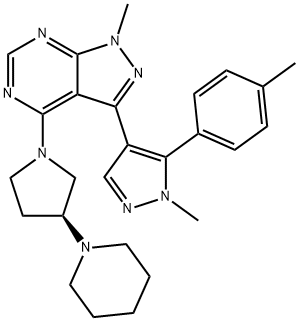
- Chemical Name:CYP3cide
- CAS:1390637-82-7
- MF:C26H32N8
- Structure:
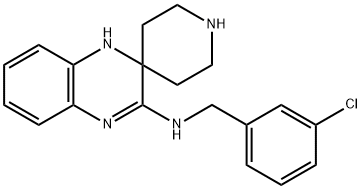
- Chemical Name:Liproxstatin-1
- CAS:950455-15-9
- MF:C19H21ClN4
- Structure:

- Chemical Name:Mildronate dihydrate
- CAS:86426-17-7
- MF:C6H14N2O2.2H2O
- Structure:
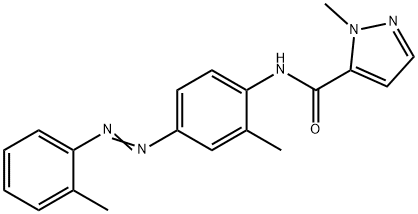
- Chemical Name:1-Methyl-N-[2-methyl-4-[2-(2-methylphenyl)diazenyl]phenyl-1H-pyrazole-5-carboxamide
- CAS:301326-22-7
- MF:C19H19N5O
- Structure:
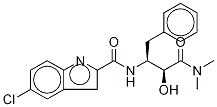
- Chemical Name:CP 91149
- CAS:186392-40-5
- MF:C21H21ClN3O3
- Structure:
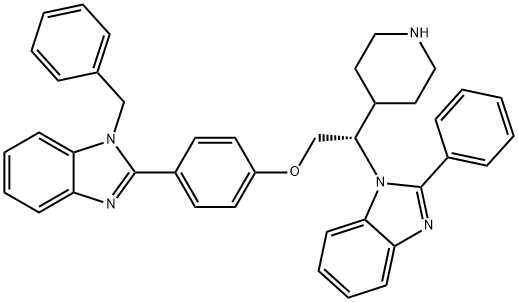
- Chemical Name:Deltarasin
- CAS:1440898-61-2
- MF:C40H37N5O
- Structure:
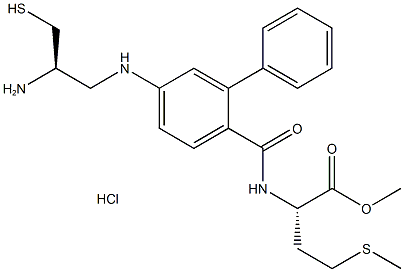
- Chemical Name:FTI 277 HYDROCHLORIDE
- CAS:180977-34-8
- MF:C22H30ClN3O3S2
- Structure:
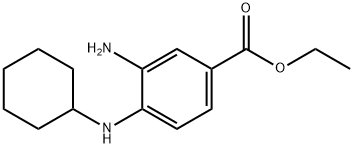
- Chemical Name:Ferrostatin-1 (Fer-1)
- CAS:347174-05-4
- MF:C15H22N2O2
- Structure:
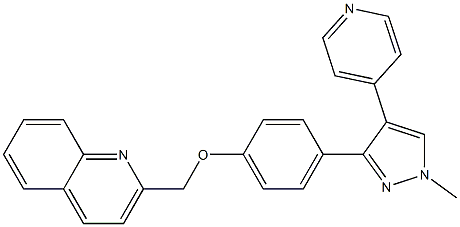
- Chemical Name:PF-2545920
- CAS:1292799-56-4
- MF:C25H20N4O
- Structure:
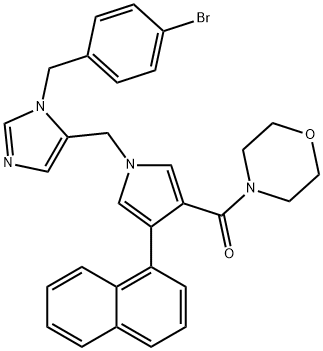
- Chemical Name:LB 42708
- CAS:226929-39-1
- MF:C30H27BrN4O2
- Structure:
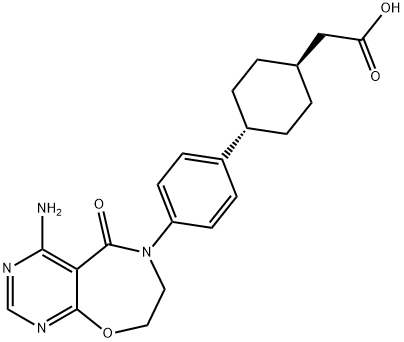
- Chemical Name:PF-04620110
- CAS:1109276-89-2
- MF:C21H24N4O4
- Structure:
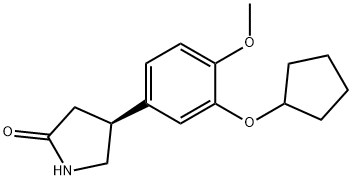
- Chemical Name:S- (+)-Rolipram
- CAS:85416-73-5
- MF:C16H21NO3
- Structure:
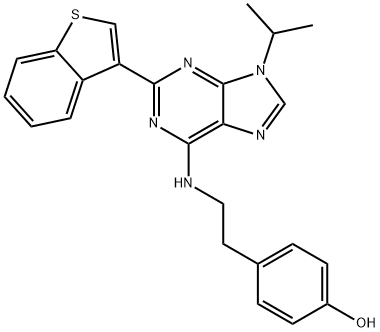
- Chemical Name:SteMRegenin 1
- CAS:1227633-49-9
- MF:C24H23N5OS
- Structure:
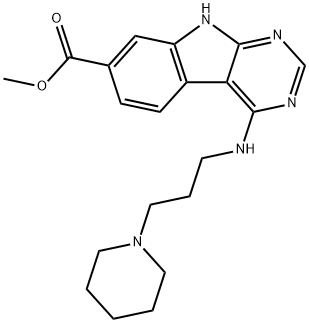
- Chemical Name:UM729
- CAS:1448723-60-1
- MF:C20H25N5O2
- Structure:
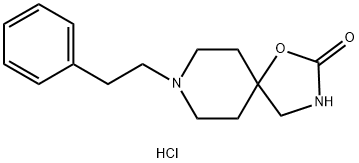
- Chemical Name:Fenspiride hydrochloride
- CAS:5053-08-7
- MF:C15H21ClN2O2
- Structure:
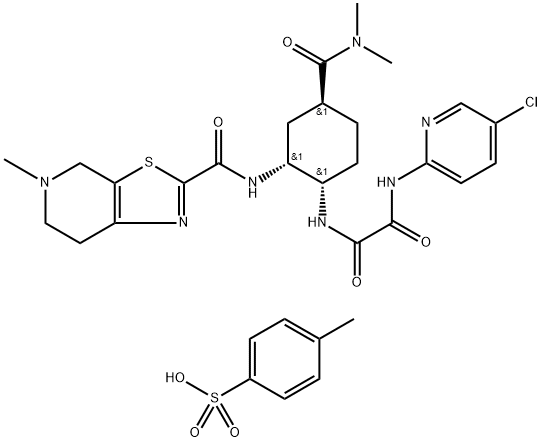
- Chemical Name:Edoxaban tosylate monohydrate
- CAS:1229194-11-9
- MF:C31H38ClN7O7S2
- Structure:
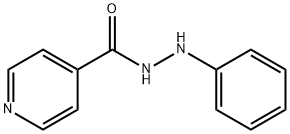
- Chemical Name:PluriSln 1
- CAS:91396-88-2
- MF:C12H11N3O
- Structure:
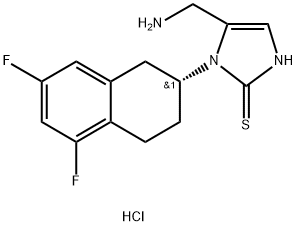
- Chemical Name:2H-IMidazole-2-thione, 5-(aMinoMethyl)-1-[(2R)-5,7-difluoro-1,2,3,4-tetrahydro-2-naphthalenyl]-1,3-dihydro-,
- CAS:195881-94-8
- MF:C14H16ClF2N3S
- Structure:
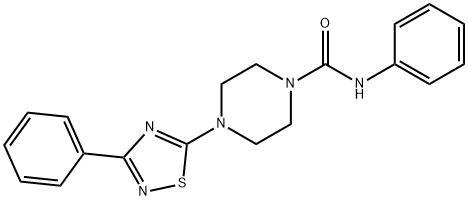
- Chemical Name:JNJ 1661010
- CAS:681136-29-8
- MF:C19H19N5OS
- Structure:
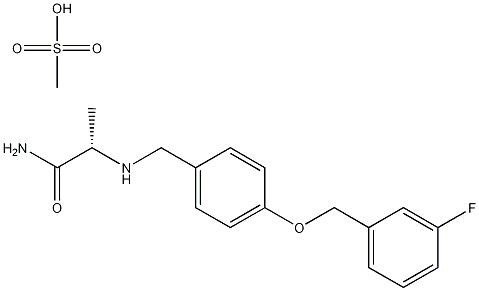
- Chemical Name:Safinamide mesylate
- CAS:202825-46-5
- MF:C17H19FN2O2.CH4O3S
- Structure:
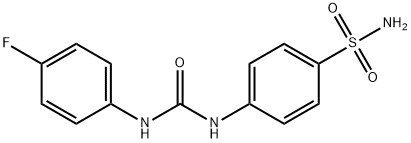
- Chemical Name:Carbonic Anhydrase IX/XII Inhibitor II(U-104)
- CAS:178606-66-1
- MF:C13H12FN3O3S